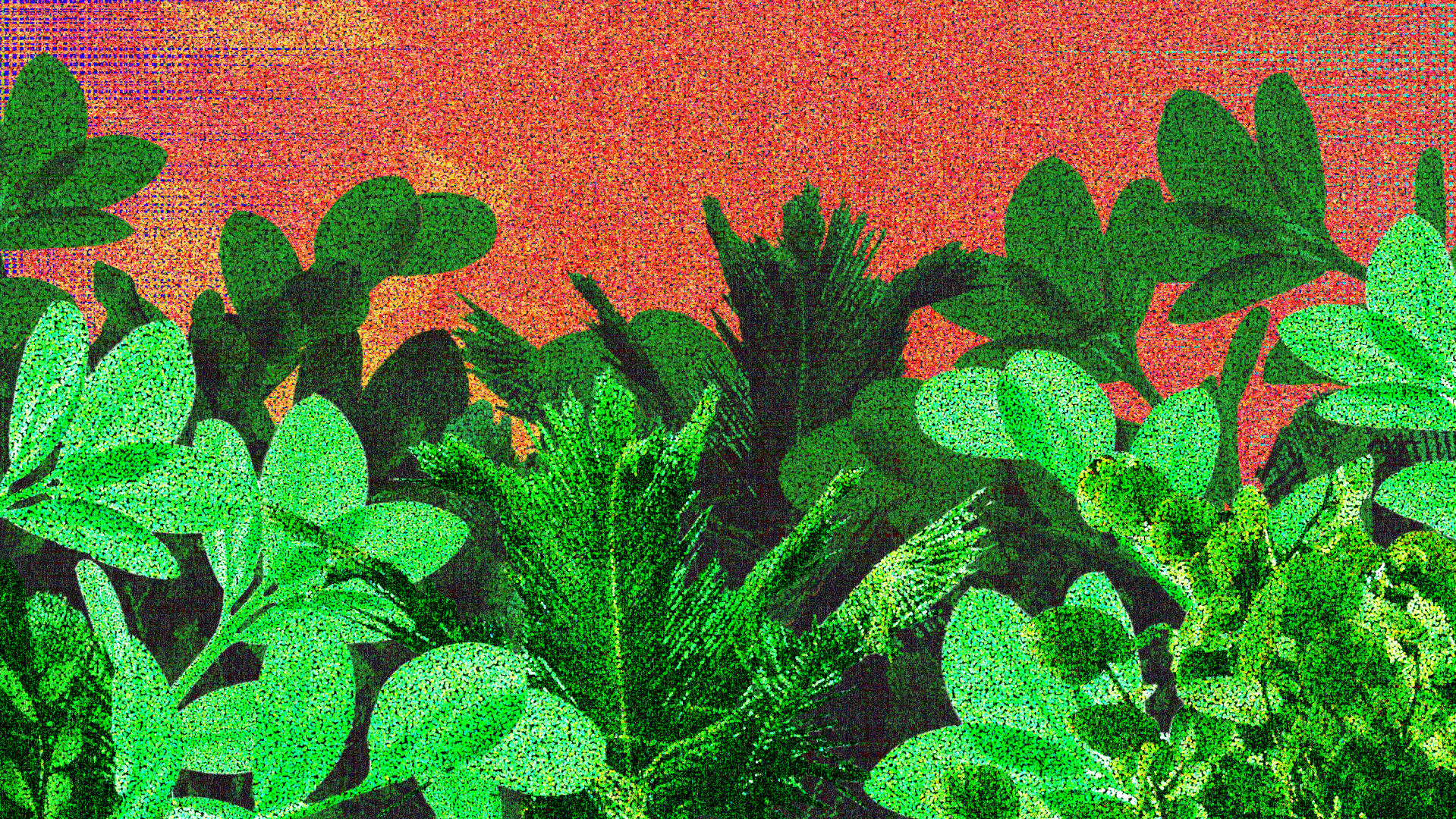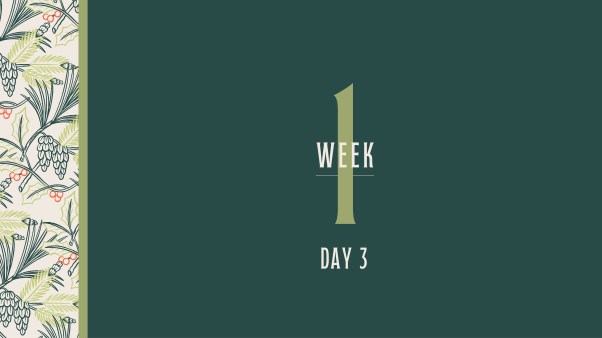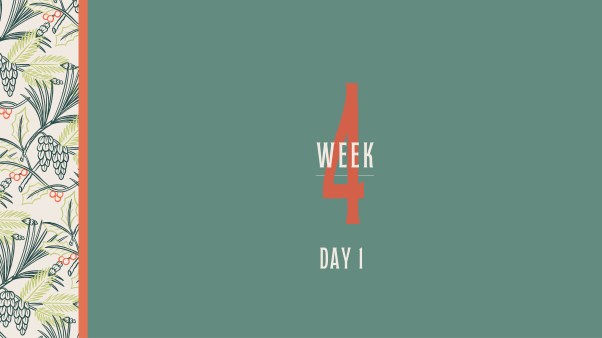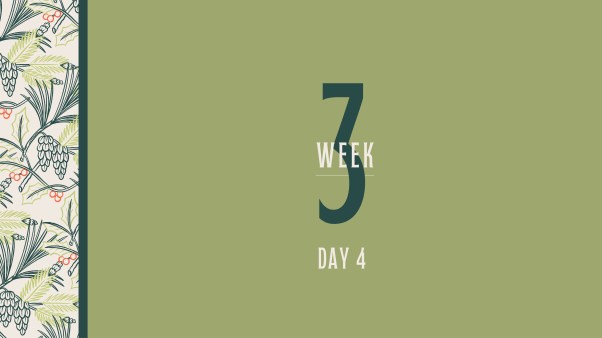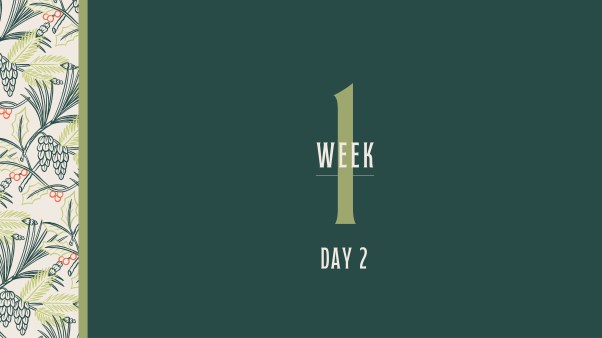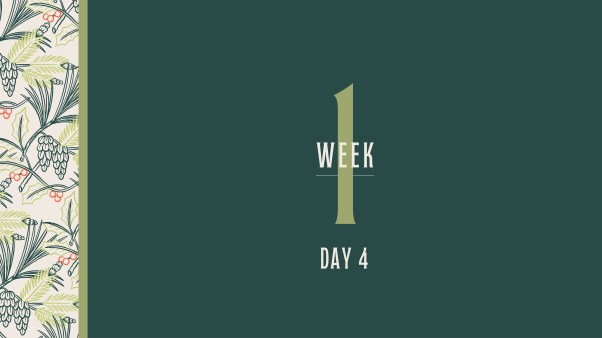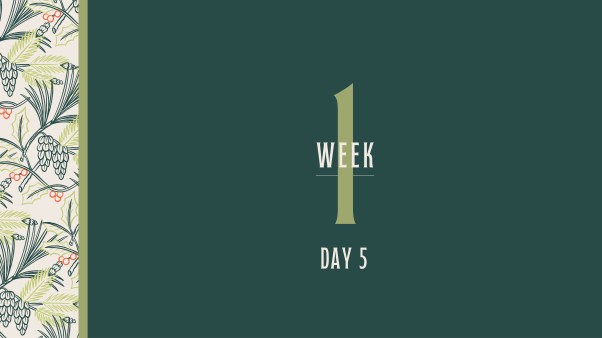We were not created to bear the weight of sin in this world. Yet judging by our constant engagement with every breaking news story, we often seem hell-bent on trying.
Virality has become a social virus that has warped our sense of reality. As the flu brings about a fever, this virus has its own set of symptoms: an unquenchable desire to know and respond to stories or to argue about the caricatures of people we create from piecemealed clips and comments. This social sickness spreads in isolation in front of our screens, yet it is highly infectious.
When major breaking news hits, virality feeds on polarization, vengeance, and selfish ambition like oxygen. It is propelled by the winds of racism, xenophobia, self-righteousness, and apathy across the political spectrum.
I need not tell you, dear reader, that even Christians fail to lean on spiritual antibodies that can slow, resist, and destroy this virus. When it spreads, the type of sincere love that marks our faith (Rom. 12:9–20) goes missing. Instead of abhorring evil, many celebrate or downplay it. Satan’s schemes come at us like fiery arrows and find the flesh ready to indulge them (Gal. 5:16–26). The shield of faith the apostle Paul mentions in Ephesians 6:16, meanwhile, has no dings because it’s rarely lifted.
At the beginning of this year, when the headlines focused on the inaugural prayer service at the Washington National Cathedral, I found myself gripped by virality. I texted a friend and lamented that even a value like mercy for refugees and immigrants had become a politicized concept to a large chunk of the country. “We should .. not assume we can appeal to their better nature. Because they may be devoid of one,” I wrote (emphasis added).
But I was wrong—and full of despair. I was so discouraged by the state of my country that I lost sight of my own better nature. My own shield of faith lay on the floor while I spent my time entertaining a gladiator-style, rhetorical culture war. Defeat of an ideological enemy, I thought, was the only path forward.
My friend pointed out I was being tempted to fight fire with fire. And in a way, I was. I often thought of the path forward in the image of backburning, a technique that allows fire crews to stop the spread of wildfires by lighting a controlled blaze ahead of a fire’s path. The strategy is intended to eliminate any vegetation that can fuel the flame.
In my mind, the technique was analogous to the strategies deployed during past movements like the clergy-led Black Freedom Struggle: purposeful, nonviolent, and controlled tactics meant to stop destruction by meeting it head on. But I no longer think this kind of cultural backburning sufficiently captures what was carried out by my ancestors, nor is it what is needed to stop the corrosive cultural wildfires that increasingly animate the United States and other countries.
Recently, I discovered another strategy to fight wildfires: a green firebreak. It doesn’t rely on fire to fight fire, but rather green vegetation—a barrier of plants that are often seen surrounding a field of crops or houses in fire-threatened areas.
Experts will tell you these firebreaks are strategically planted to serve as a preventative and protective boundary against a blaze. If a fire does break out, it can lower the destruction that occurs.
Green firebreaks are effective for a variety of reasons, but one attribute stands above them all: moisture. The water stored inside plants can help quench a flame. And as you might imagine, they are planted preemptively and cultivated before destruction knocks.
As a metaphor for social action, these firebreaks mirror what Howard Thurman, a philosophical mentor to Martin Luther King Jr., calls “the springs of creative thought.”
Thurman was concerned with redirecting our spiritual resources to cultivate communities that can be reservoirs of love, not hatred. He thought about how to become a firebreak, instead of a fire starter, and how to mold a people characterized by life instead of death (Rom. 8:1–11). Ultimately, he pushed his listeners closer to Jesus’ all-encompassing answer to our cycles of decay: “Love your enemies” (Matt. 5:44).
Our culture needs a contemporary resurgence of this type of work. With the rise of social media, the weight of world’s sins feels like an ever-present reality. We scroll and see horrific episodes—from children murdered in schools to public assassinations to families living in rubble—and then go about our lives.
This pattern can quickly lead to apathy or lure us into waging an endless fight in the flesh. It can be tempting to fight caricatures with caricatures, self-righteousness with self-righteousness, or always be as loud as “the other side”. But fighting fire with fire can “intensify fear,” King once said. As a result, opposing sides get engulfed in a cycle of cultural warfare that continuously stirs up division instead of quenching it.
A better future is possible, but it will only come through life-giving communities and institutions committed to creating cultural green firebreaks.
I have seen this work succeed in the Black church and the Institute of the Black World, a think tank that sought to create community for Black faith leaders and intellectuals during the social turmoil of the late ’60s.
We can glean inspiration and tenacity from former slaves, including my ancestors, who lived in Black freedmen’s towns and “freedom colonies” founded as safe havens. We can also learn endurance from the Southern Christian Leadership Conference, a civil rights organization that believed in nonviolent direct action and played a central role in the Black Freedom Struggle.
But initiatives and communities like these need to be intentionally imagined, cultivated, and sustained. They should also primarily be characterized by what they are for, instead of simply being motivated by what they are against.
In this way, I can agree with a self-identified Black conservative whom I recently heard express fatigue over complaints about the past. “I don’t wake up every morning and have racism and all of these negative things on my mind,” she said. Neither do I.
Instead, I wake up and choose to till calloused ground, treat barren soil, and cultivate my own community through my research, my relationships, and my work. It’s the reason I can look forward to our future glory with a hope-filled heart (Rom. 8:18–30). I pray you choose a similar path too.
Tryce Prince, a social theorist of race and religion, is the director of the Carl Spain Center on Race Studies & Spiritual Action. He is a contributor to the forthcoming podcast The Good Culture Show and the book Religion Matters: What Sociology Teaches Us About Religion In Our World. Prince writes broadly at First Sunday.

